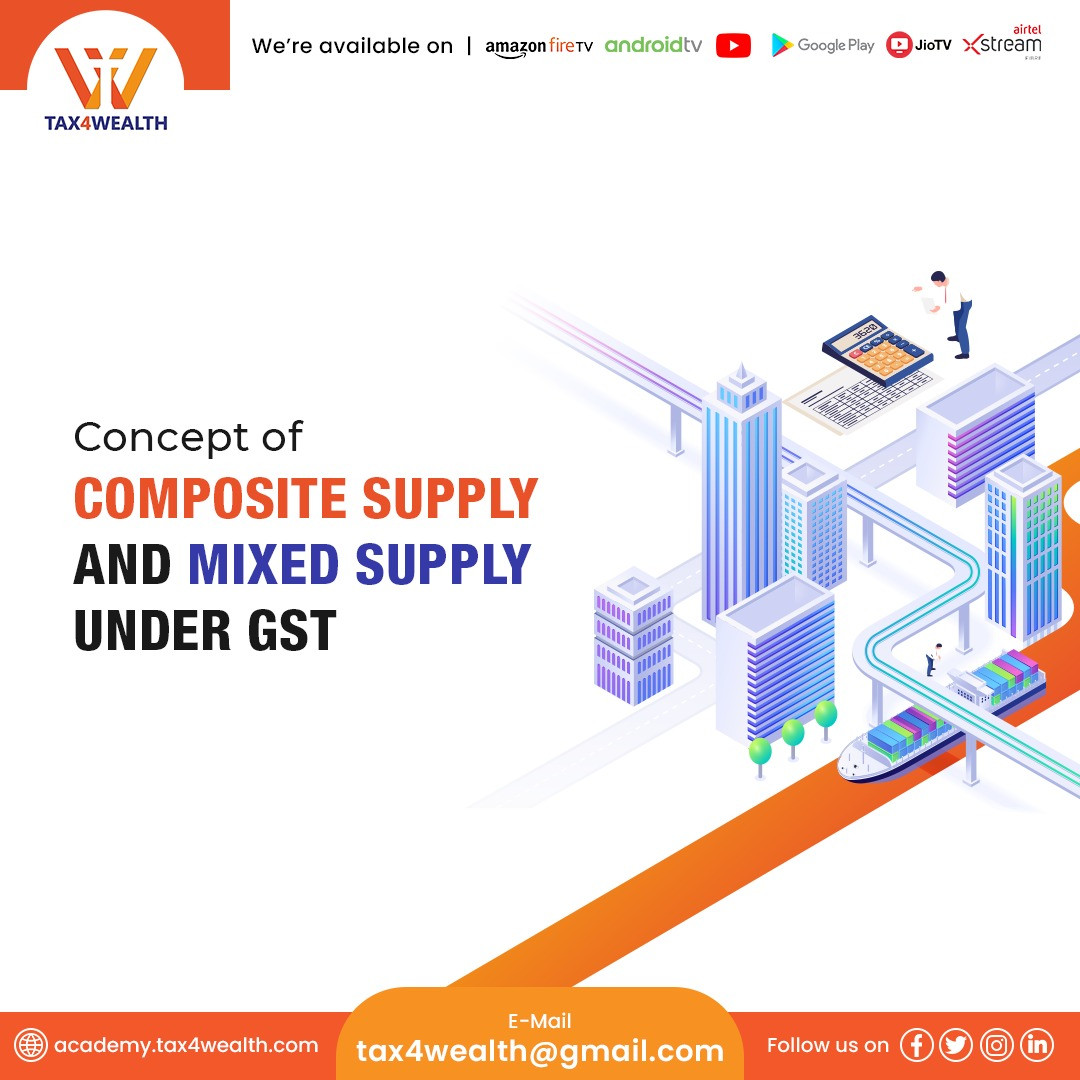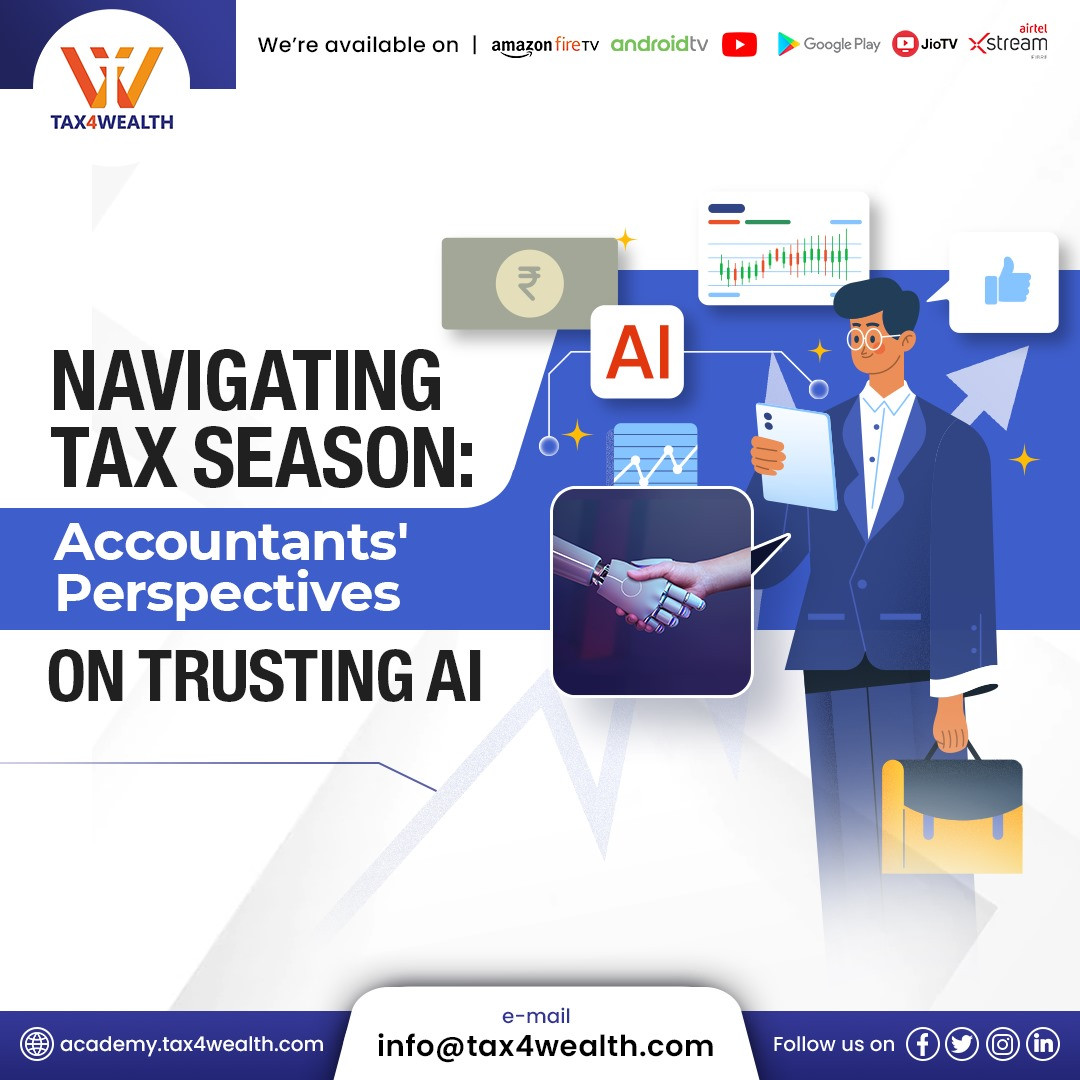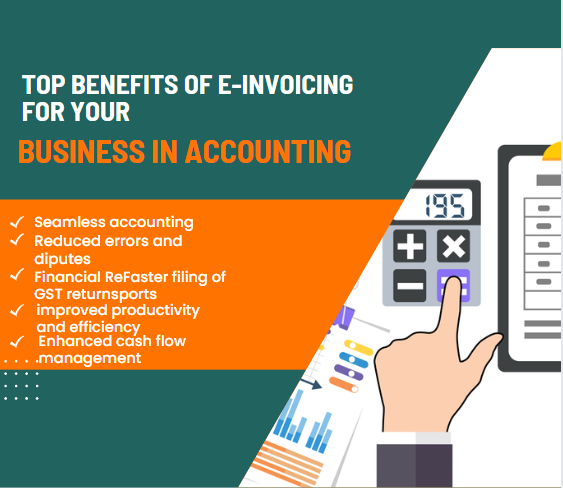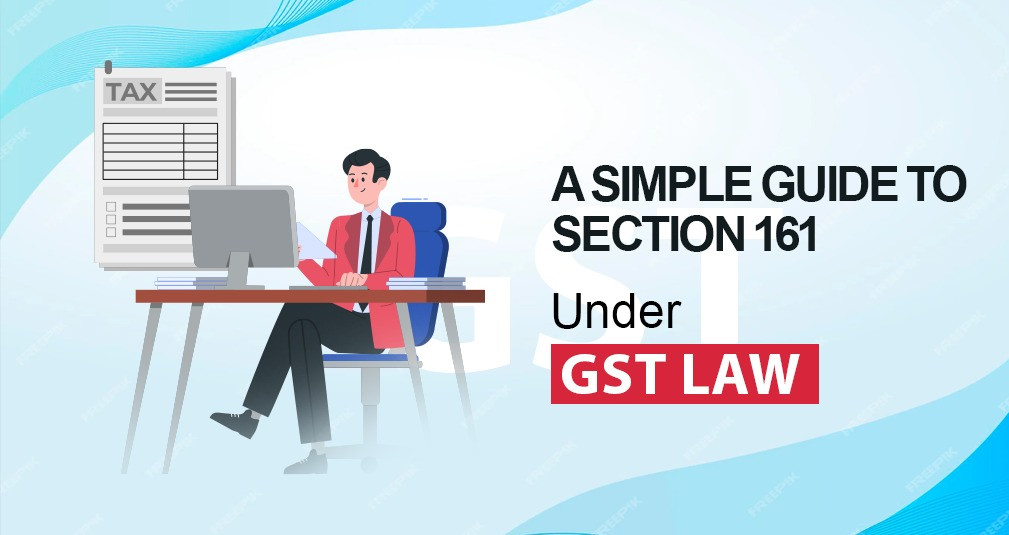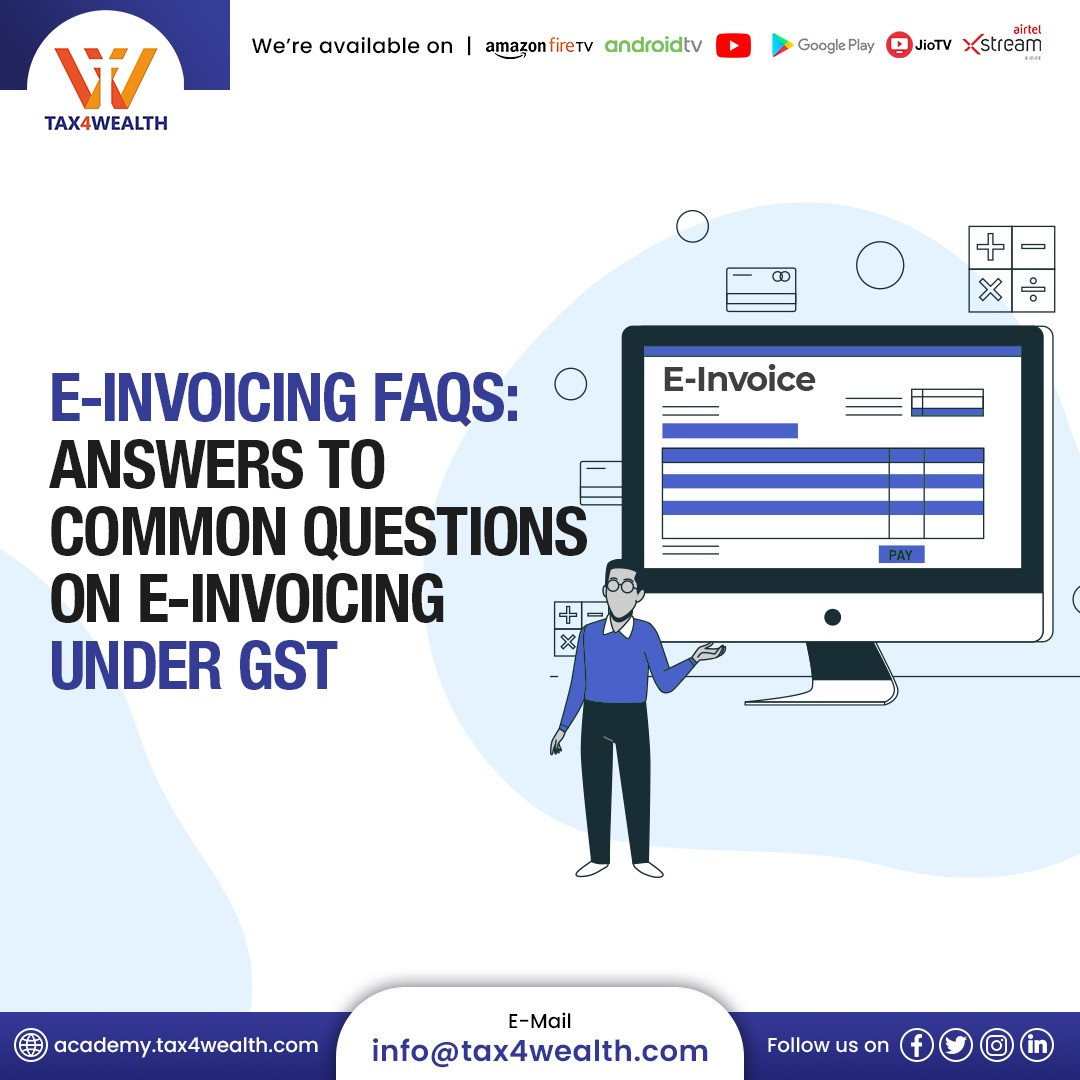
E-Invoicing FAQs: Answers to Common Questions on E-Invoicing under GST
The GST e-Invoicing system became active on October 1st, 2020, for taxpayers with an aggregate revenue of more than Rs. 500 crores. E-invoicing was extended to enterprises with a combined annual revenue of more than Rs 100 crore on January 1, 2021.
On March 8, 2021, the CBIC also announced the availability of the e-invoicing system beginning April 1, 2021, for enterprises with a total revenue of Rs. 50 crores to Rs. 100 crores. Following that, the government expanded the use of E-invoicing to firms with a turnover of more than Rs 20 crore as of April 1, 2022. The system was recently expanded to cover enterprises with a turnover of more than Rs 10 crore beginning October 1, 2022.
For e-invoicing, the total turnover will comprise all GSTINs in India that are associated with a single PAN. You can check and confirm the GSTIN for which you wish to raise the e-invoice using the GST search tool if you have many GSTINs on hand.
Read This blog covers various FAQs on the e-invoicing system under GST:
Q: What is e-invoicing under GST?
E-invoicing under GST is a system where the invoice generated by a taxpayer is authenticated by the Invoice Registration Portal (IRP) and a unique Invoice Reference Number (IRN) is generated. The IRN along with other details of the invoice is then returned to the taxpayer and is used to file the GST returns.
Q: Who is required to generate e-invoices under GST?
Taxpayers whose aggregate turnover exceeds Rs. 50 crores in a financial year are required to generate e-invoices for B2B transactions.
Q: What are the benefits of e-invoicing under GST?
E-invoicing under GST offers several benefits including:
- Reduced errors in the invoicing process
- Faster processing of invoices
- Reduction in data entry requirements
- Reduction in the risk of fraudulent invoices
- Increased compliance
Q: How do I generate an e-invoice under GST?
An e-invoice or Tax Invoice can be generated using an accounting or invoicing software that is integrated with the Invoice Registration Portal (IRP). The software will generate a JSON file containing the details of the invoice which is then uploaded to the IRP for authentication.
Also learn; How to Create a Tax Invoice ore-Invoice? Step by Step Process
Q: Is there a format for e-invoices under GST?
Yes, the e-invoice format under GST is based on the GST invoice format and contains additional fields such as the IRN and QR code.
Q: What is the role of the Invoice Registration Portal (IRP) in e-invoicing under GST?
The Invoice Registration Portal (IRP) is responsible for authenticating e-invoices generated by taxpayers and generating a unique Invoice Reference Number (IRN) for each invoice. The IRP also generates a QR code containing the invoice details that can be used by the recipient for verification purposes.
Q: What are the penalties for non-compliance with e-invoicing under GST?
Failure to comply with e-invoicing under GST can result in penalties ranging from Rs. 10,000 to Rs. 1,00,000.
Q: Can I cancel an e-invoice generated under GST?
Yes, an e-invoice generated under GST can be cancelled within 24 hours of generation. The cancellation must be reported to the IRP and the recipient of the original invoice.
Q: Is e-invoicing mandatory for exports under GST?
No, e-invoicing is not mandatory for exports under GST. However, the government has recommended that exporters generate e-invoices for exports as well to increase efficiency and reduce errors.
Q: What is the timeline for implementation of e-invoicing under GST?
The implementation of e-invoicing under GST was done in a phased manner. Initially, it was made mandatory for taxpayers having an annual turnover of Rs. 500 crores or more from October 1, 2020. Later, from January 1, 2021, it was made mandatory for taxpayers having an annual turnover of Rs. 100 crores or more. Finally, from April 1, 2021, it was made mandatory for taxpayers having an annual turnover of Rs. 50 crores or more.
Q: Can e-invoicing be done for all types of transactions under GST?
No, e-invoicing is currently required only for B2B transactions under GST.
Q: Is there a limit to the number of invoices that can be generated using e-invoicing under GST?
No, there is no limit to the number of invoices that can be generated using e-invoicing under GST.
Q: Can I use e-invoicing for transactions made through e-commerce platforms?
Yes, e-invoicing can be used for transactions made through e-commerce platforms.
Q: Do I need to generate e-way bills separately for e-invoices generated under GST?
No, the e-invoice generated under GST will contain all the necessary details required for the generation of an e-way bill. Hence, e-way bills do not need to be generated separately for e-invoices generated under GST.
Q: Is there a specific accounting or invoicing software required for generating e-invoices under GST?
No, there is no specific accounting or invoicing software required for generating e-invoices under GST. However, the software used must be integrated with the Invoice Registration Portal (IRP).
Q: Is there a difference between an e-invoice and a digital invoice?
Yes, there is a difference between an e-invoice and a digital invoice. An e-invoice is a type of digital invoice that is authenticated by the Invoice Registration Portal (IRP) and contains a unique Invoice Reference Number (IRN).
For more information, Visit us at: https://academy.tax4wealth.com/
Related News
No comments yet, Be the first to comment.




